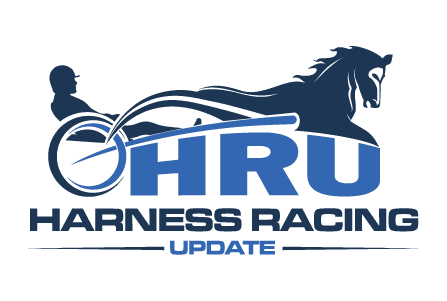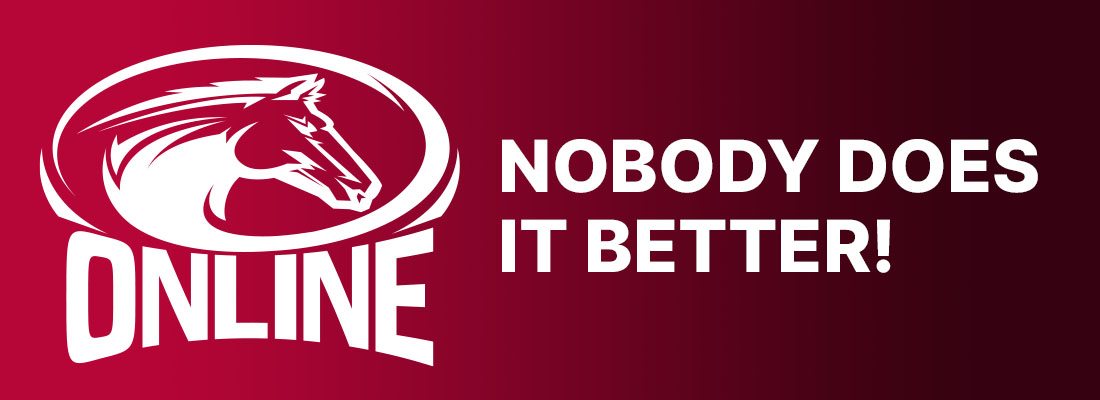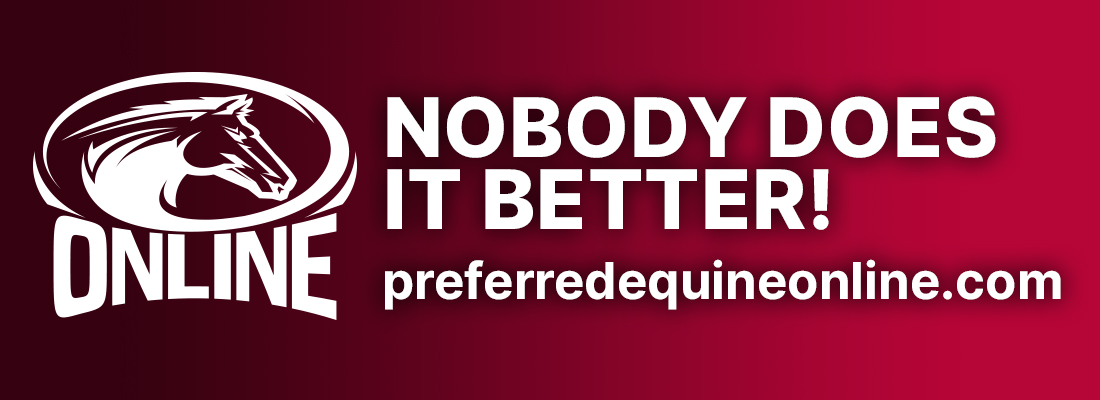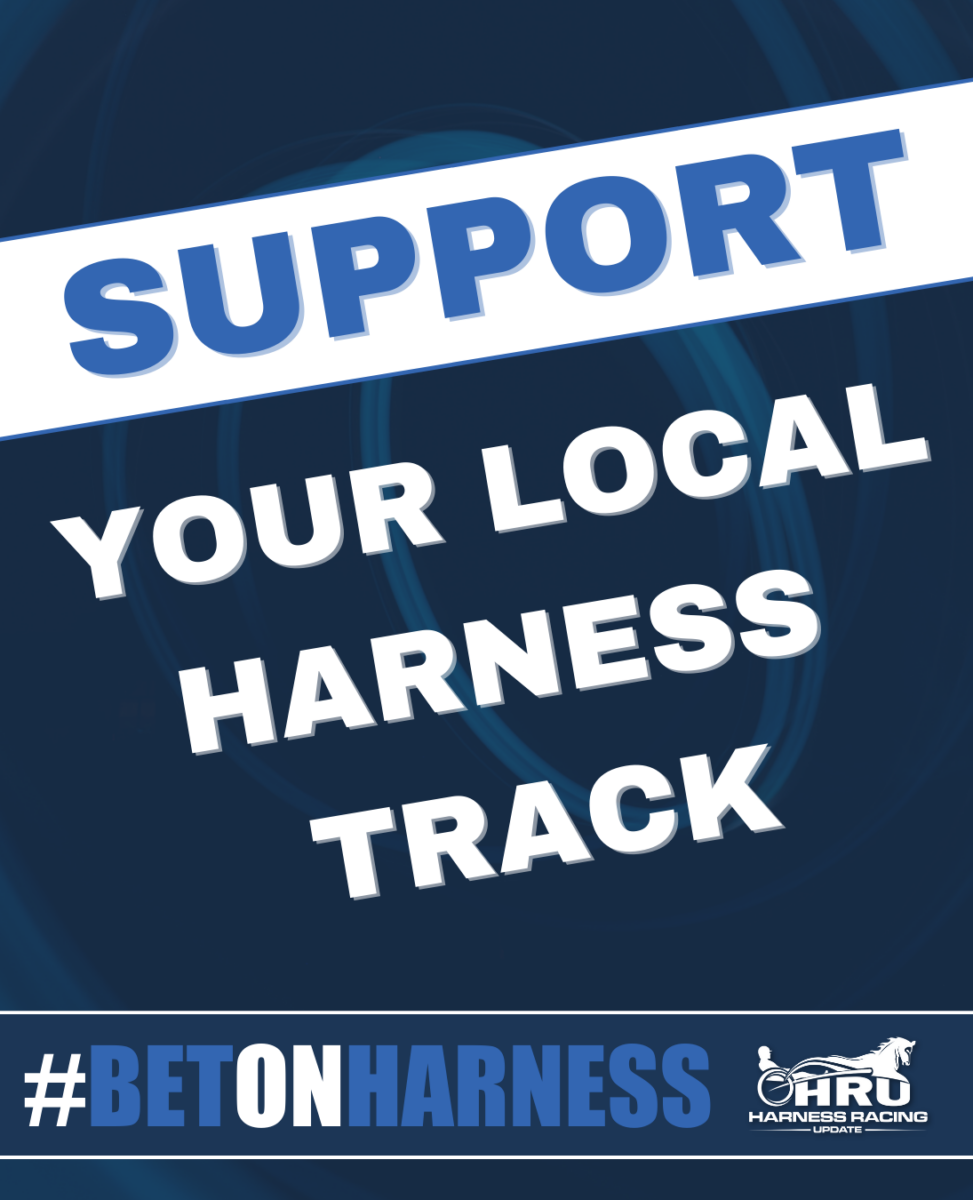If amateur racing isn’t your cup of tea, then sip somewhere else
A response to criticism of a recent amateur race at The Meadowlands.
by Debbie Little
There has been some discussion about an amateur race that took place at The Meadowlands a couple of weeks ago, and since this column does, indeed, deal with matters that happen at The Meadowlands, it seemed only logical to take a look.
The race in question (mentioned in both Dean Towers’ columnand Brett Sturman’s column) was the first on the card on March 28, where William Clark, Jr., driving 70-1 outsider Uncle Coz, left for the lead from post 3. After an opening quarter in :27, the 3-2 favorite, Duck Into The Nite, driven by Geovany Hernandez, challenged for the lead. Clark played hardball, parking out the favorite. As a result, Uncle Coz and Duck Into The Nite finished ninth and 10th, respectively, in the field of 10. The winner of the race was the second longest shot on the board, Warrawee Xceed, who went off at 65-1. The three people shrewd — or lucky — enough to include the winner on their Pick-5 tickets cashed in for $12,402.74.
Clark has been criticized for not yielding to the favorite, which brings up a couple of interesting questions: Do the complainers want all drivers to yield to the favorite or just amateurs, and was this race only criticized because it was part of the Pick-5 and because a longshot won?
To me, the main criticism seemed to be that the longest shot on the board had no business parking out the favorite.
Meadowlands Amateur Driving Club president Joe Lee, who finished third in that race, had some thoughts on the subject.
“Pari-mutuel racing is a betting market that is set by the public, so the odds go up and down, and nowadays with less handle in the windows, the odds change last minute very drastically,” Lee said. “That horse that was 70-1, with a minute to go, when we were post-parading around the track, he was like 15- or 16-1. Then, a lot of money came in on the favorite and the horse shot up to 70-1.”
The morning-line odds for Uncle Coz were 15-1.
“So, what happened [in that race] was Will Clark had been drawing outside a lot with that horse, so the horse finally drew well and so he wanted to cut the mile,” Lee said.
According to Lee, in the same position he may not have parked out the favorite, but then again, depending on who he was driving, he might have.
“He wanted to be up close, so he put the horse in play,” Lee said. “I guarantee you that there were people that bet on that horse that were like, ‘Oh, okay. Now I got put in play. At least I got some action for my money.’”
It was also alleged that going fast fractions combined with this style of driving with such lower-level horses was unsafe.
“Every horse in the race, if they’re qualified to enter, is going on the track with the impression that they’re sound enough to race, whether they’re 3-2 or 70-1; the horses don’t know the odds,” Lee said. “If Will Clark has his horse up front, that’s his prerogative. He can drive the horse however he wants, and it doesn’t make it unsafe.”
The Meadowlands regularly cards races that are on a lower level than the MADC races, and on that night in question, some of them went faster than the two MADC dashes.
Lee said that he knows that amateurs are an easy target.
“If David Miller or Yannick Gingras is driving a trotter and behind the gate the horse makes a break, it’s like, ‘Oh, the horse took a bad step,’” Lee said. “If I were to go behind the gate with that same horse the next week and he makes the same break behind the gate, it’s like ‘Joe Lee can’t drive a trotter’… So, that’s why we try to be even more professional at it if we can.”
To that end, the MADC has a committee that reviews all of their races and even if the judges at the track don’t think there’s an issue with how a race was driven, the MADC can still sit people out for a week or two should they deem it necessary.
Lee said that one of the comments he hears most often is that people don’t always enjoy betting harness racing because the percentage of winning favorites is so high. But then, when a race like this happens and the favorite gets parked, there’s something unsafe and wrong.
“You can’t have it both ways and be like, ‘Oh, the racing at Yonkers or The Meadowlands is so boring because they just line up and they don’t pull any right lines and they don’t move the horses until the three-quarter pole and the favorites always win,” Lee said. “Well, guess what? All the amateurs pull the right lines. All the amateurs are not afraid to park a 3-5 if they think that they have a shot in the race, and they’re trying to win.”
Addressing the point that was made that the MADC races are unhandicapable, of the 33 MADC races contested this year, 28 were taken by repeat driving winners: Bruce Baker (five), William Clark, Jr. (five), Geovany Hernandez (five), Yogi Sheridan (four), James Slendorn (four), Mark Silva (three), and Tony Beltrami (two).
The average payout for the MADC races is $27.80, which certainly helps reduce the percentage of winning favorites at The Meadowlands, which is currently 39.9.
In response to a Dean Towers’ column in July 2023, Meadowlands president/chief executive officer Jeff Gural sent in Feedback to HRU that said in part: “I don’t know why Dean [Towers] thinks that we are enamored of having amateur races at The Meadowlands. We recognize that the amateurs have a place in the sport, but everyone should understand we are competing for horses with Yonkers, Chester and Pocono.
“Yonkers receives a subsidy of $50 million from slots, the two Pennsylvania tracks receive $30 million, while here in New Jersey we only receive $6 million. Not only that, but last year we took $6.7 million from the purse account in order to fund our stakes program.
“Without the amateur races we would only be able to card 11 or 12 races each night which would have a negative impact on our bottom line. If you look at the handle, the public seems to enjoy betting on the amateurs, and, for the most part, they offer full fields and a competitive product.
“I just hope everyone understands the reason we have so many amateur races. It has everything to do with the fact that the subsidy we receive is minimal compared to our competitors.”
Lee said he knows that amateur racing will never be everyone’s cup of tea, and if it’s not, then you don’t have to bet on it, because other people are and will.
“Some people really like it, some people can’t stand it, and I get it, but I think that for a sport that doesn’t have a lot of positivity sometimes, whether it be fans disappearing from the track, handle down, tracks closing, whatever the case may be, amateur racing has grown because the fans that do bet the sport have put their money behind it,” Lee said. “I don’t think that we would be seeing as many races as we do at Yonkers, The Meadowlands or Chester if our handle wasn’t there. Like, if the average handle at The Meadowlands does $250,000 a race to get to the $3 million on the night, and then all of a sudden, we were doing $50,000 in our race, The Meadowlands would be like, ‘Forget this, you know, it’s costing us a race, and it’s costing us some handle,’ but there are often times where, if we’re not one of the highest that we are the highest on the card.
“Once all the tracks are open, it’s hard for racetracks to fill their cards, and the amateurs at The Meadowlands, a lot of those guys bought horses to specifically race at The Meadowlands. If you look, sometimes in 14 races, there might only be five or six 10-horse fields for the night, and we’re four of them. So, you know, it’s a good working relationship with The Meadowlands.
“Jeff Gural, he doesn’t love it, but he does understand it; he sees that the handle is there.”

















